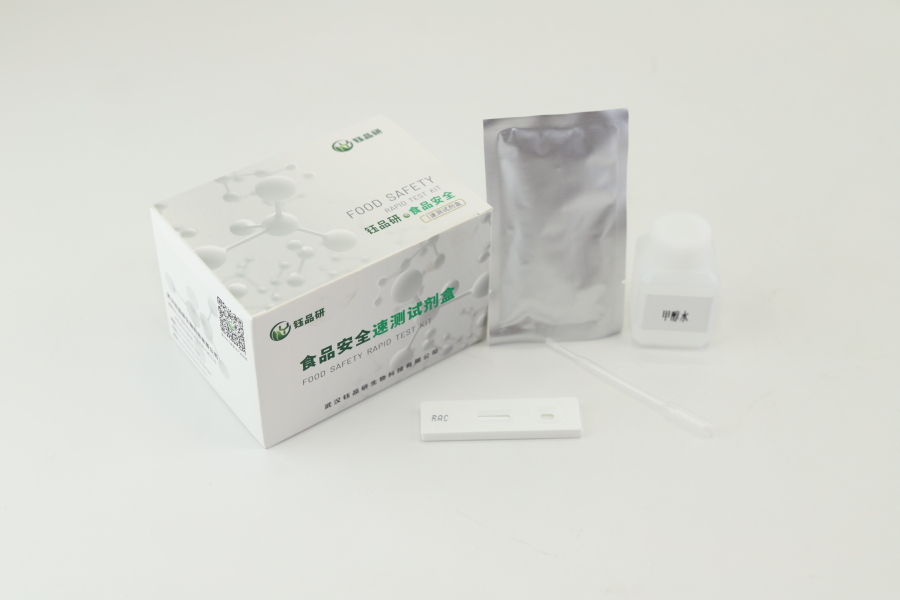The avermectin colloidal gold rapid detection card is a rapid detection product specially developed for the detection of avermectin pesticide residues. It is widely used in on-site screening and quantitative analysis of avermectin residues in food substrates such as agricultural products, aquatic products, and animal products. It combines colloidal gold labeling technology with the principle of immunochromatography, and can complete the detection in a short time, providing an efficient tool for food safety supervision, quality control of production enterprises, and scientific research experiments.
From the principle point of view, the core of this detection card is the specific binding reaction of antigen-antibody. The detection card contains avermectin antibodies labeled with colloidal gold. When the sample (such as vegetable extract, meat homogenate, etc.) is dropped into the sample well, it will move along the chromatography strip. If there is abamectin residue in the sample, it will bind to the colloidal gold-labeled antibody and prevent the antibody from continuing to move towards the detection line; conversely, if there is no residue in the sample, the antibody will bind to the coated abamectin antigen when moving to the detection line to form a visible red band. By observing the color development of the quality control line (C line) and the detection line (T line), the result can be quickly judged: C line color development indicates that the detection is valid, T line does not develop color or shallow color development indicates that the abamectin residue in the sample exceeds the standard, and the color depth indicates that the residue does not exceed the standard.
In application scenarios, it is mainly suitable for rapid monitoring of agricultural product safety by grass-roots testing institutions, agricultural production enterprises, and food processing enterprises. For example, in a vegetable planting base, a test card can be used to quickly screen freshly picked lettuce, tomatoes, etc. for abamectin residues; in aquaculture, it can be used to sample farmed water or aquatic products to avoid safety risks caused by drug abuse. In addition, scientific research institutions also use it for rapid detection experiments on pesticide residues to help researchers grasp the migration rules and degradation of pesticides in the environment.
Compared with traditional detection methods (such as high-performance liquid chromatography, gas chromatography, etc.), the avermectin colloidal gold rapid detection card has significant advantages: first, the speed is fast, the whole detection process only takes 10-15 minutes, no need for complex instruments and professional operation; second, the operation is convenient, no professional training, ordinary personnel can quickly get started; third, the cost is low, the cost of a single detection card is much lower than that of large instruments, suitable for batch sample screening; fourth, high sensitivity, can detect residues as low as 0.1-1 ppb, meeting the requirements of food safety standards.
However, it should be noted that the detection card is mainly used for preliminary screening, if the detection results are abnormal, it still needs to be confirmed by precision instruments. But in terms of fast, low-cost, on-site testing, etc., it is undoubtedly an important tool in the field of food safety testing, and plays a key role in safeguarding "safety on the tip of the tongue".


